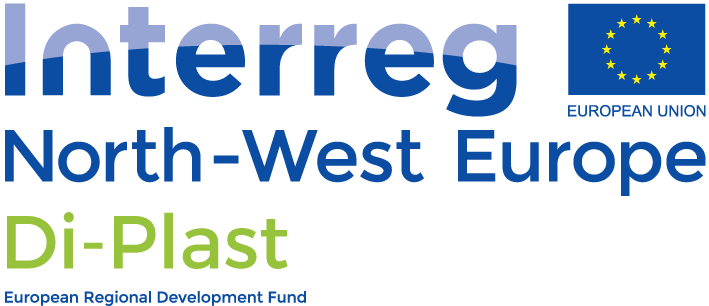Plastic Pollution: A Major Threat to the World#
Matrix Tool #
The Matrix Tool is a web-based tool which increases the use of recycled plastic material (recyclate) by matching converter requirements with recyclate supply. The tool works in two directions:1. It allows converters to easily select material that match their process or product requirements
2. It allows recyclate suppliers to make their materials easier to find. Additionally, the recyclate suppliers can check on the demand for batches with a specific set of properties in order to sell their material more targeted
How it Works: Converters can put their desired specifications (polymer type, processing technology, properties etc.) in the tool. The tool will search the current recyclate supply for for exact matches. If no exact matches exist in the current database, the tool will use an algorithm to recommend alternative recyclates which do not exactly match the filled in specifications. The algorithm includes expert knowledge and could find suitable recyclate batches, which do not exactly fit the filled-in specifications.
Additionally, a separate tab on the web-based tool shows the current demand for recyclate batches with a specified set of properties that has not been resolved yet. This information can be used by suppliers in order to sell their recyclate more targeted. Furthermore, this information can be used by suppliers to modify their materials to these specifications.
https://vimeo.com/670138203
Advantages of the Matrix Tool#
Explaination of commonly used material properties#
MFI: This value gives an indication of the fluidity of the molten polymer. The MFI is an important value for prediction of processing behaviour. For this reason, the MFI is one of the main properties used in selection of materials. The MFI could be seen as a measured viscosity at a single temperature and shear rate. The MFI of a material is often measured at a specified temperature and weight. However, due to the fact that the viscosity of polymers is shear-dependent, the MFI could also be measured at multiple weights (shear rates).
Impact strength: The energy needed for brittle fracture of a material. The greater the value, the more resistant the material is to breaking upon impact. Impact strength can be measured via Charpy or Izod methods. Samples could be measured notched or unnotched. Notched values are lower than unnotched values due to the limitation of energy dissipation throughout the sample. Furthermore, the impact strength can be measured at different temperatures to predict impact behavior in different environments.
E-modulus: The stiffness of a material in the tensile direction. For blown films this value is measured in the machine direction and transverse direction.
Flexural modulus: The stiffness of a material in the flexural direction.
Strain at yield: Denotes the strain (percentage of elongation) of the material at its maximum elastic point. Deformation lower than this value is elastic, meaning the material can return to its original shape. Deformation greater than this value is plastic, meaning the material is permanently deformed. For blown films this value is measured in the machine direction and transverse direction.
Strength at yield: The applied stress at yield strain. This value is the maximum stress that can be applied to a material before plastically deforming. For blown films this value is measured in the machine direction and transverse direction.
Strain at break: This value denotes the strain (percentage of elongation) of the material at its breaking point. The strain at break gives information about the ductility of a material. For blown films this value is measured in the machine direction and transverse direction.
Vicat softening temperature: Denotes the temperature at which the material loses its hardness.
Heat deflection temperature: It is a measure of a polymer's resistance to alteration under a given load at an elevated temperaturbolde.
Guidelines#
In order to get started, take a look at the guidelines and make yourself familiar with how to use the tool.
and make yourself familiar with how to use the tool.
Getting Started#
The tool is available at https://matrix.sis.cs.uos.de/login.xhtml . Please contact the matrix tool owners to get access to the tool.
. Please contact the matrix tool owners to get access to the tool.
